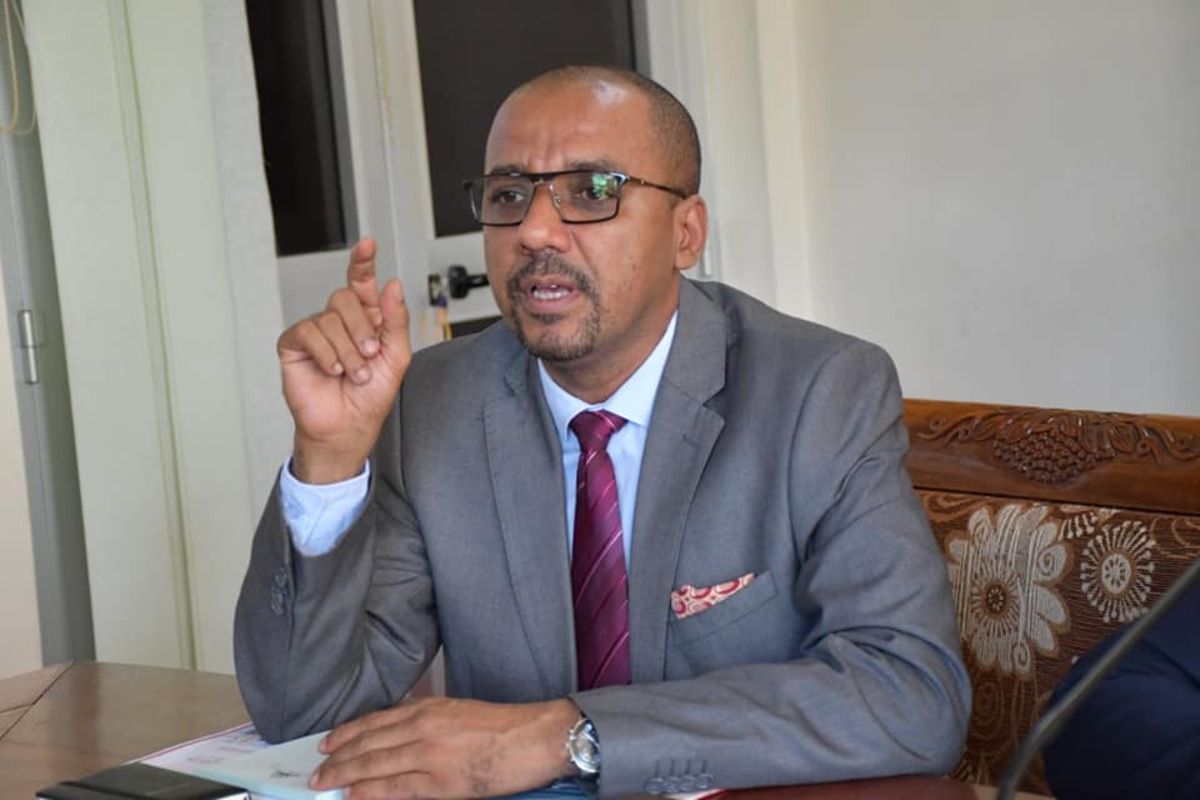DAR ES SALAAM — MASSIVE road infrastructure projects are being implemented across Tanzania, positioning the country among the sub-Saharan African nations with the largest road networks.
Over the years, the government has taken deliberate measures and committed resources to expand the road network, leveraging Tanzania’s strategic advantage as a bridge economy linking the East African Community (EAC) and the Southern African Development Community (SADC) markets.
During a press conference held yesterday in Dar es Salaam, Acting Managing Director of the Tanzania National Roads Agency (TANROADS), Mr Ephatar Mlavi noted that the sixth phase government under President Dr Samia Suluhu Hassan continues to prioritise road, bridge, and airport construction to ease transportation and enhance connectivity with other countries.
This is in line with the Third National Five-Year Development Plan (FYDP III) 2021/22 – 2025/26, which aims at unlocking the country’s infrastructural potential.
Key objectives include completing 2,500 kilometres of paved roads, decongesting major cities and constructing an additional 6,006 kilometres of new paved roads.
The plan also emphasises building 14 new bridges and completing seven others, along with airport development and maintenance.
This ambitious infrastructure initiative also aligns with the ruling party CCM Election Manifesto for 2020- 2025, which calls for strengthening strategic infrastructure to create an enabling environment for citizens to carry out their activities efficiently and effectively.
ALSO READ: Serious investor? Tanzania is your destination
Detailing, Mr Mlavi said that TANROADS supervises road network stretching over 37,000 kilometres, which includes more than 12,300 kilometres of trunk roads and 24,889 kilometres of regional roads.
He said that during Dr Samia’s three-year presidency, TANROADS has completed 38 projects across 17 regions.
This impressive performance is attributed to the government’s consistent allocation of funds, averaging 1.5tri/- per year for the Ministry of Works, which supports TANROADS’ projects.
For the past three years, approximately 1,198 kilometres of roads have been constructed at tarmac level, while another 2,031 kilometres are under construction to bitumen standard.
Additionally, Mr Mlavi, who also serves as the TANROADS Director of Infrastructure and Planning, mentioned that over 2,052 kilometres of roads and two bridges are currently undergoing feasibility studies, with plans for construction at tarmac level.
He also said that the government has constructed nine major bridges, including the Tanzanite and Wami bridges in Dar es Salaam and Coast regions, respectively.
Currently, major projects underway include five significant bridges: Kigongo-Busisi, Pangani, Lower Mpiji, Mbambe and Simiyu.
“The government is committed to completing all remaining projects and upcoming initiatives,” Mr Mlavi stated.
He also noted that TANROADS has received funding to install streetlights across the country.
Currently, streetlights have been installed in several regions, including Arusha, Dar es Salaam, Dodoma, Geita, Iringa, Kagera, Kigoma, Kilimanjaro, Manyara, Mbeya, Morogoro, Mtwara, Mwanza, Njombe, Rukwa, Ruvuma and Shinyanga.
Furthermore, TANROADS has constructed seven airports, including Terminal Three at Julius Nyerere International Airport and facilities in Mwanza, Geita, Mtwara, Ruvuma, along with runway and airfield ground lighting installations at Songwe Airport.
There are eight ongoing airport projects, including Msalato, Iringa, Musoma, Tabora, Shinyanga, Sumbawanga, Kigoma and Moshi airports, aimed at strengthening the country’s aviation sector, highlighted by the revitalisation of Air Tanzania Company Limited (ATCL), the state airline.
Overall, he said the construction of transport infrastructure has been providing immense job opportunities to local contractors who have been engaged in undertaking all the renovation projects across the country.
He said an average of 1,067 projects were awarded to local contractors per year pertaining to renovation of roads, bridges and airports in which, a total of 411bn/- was spent for implementation of the projects.
However, he said local contractors still face lack of capital and modern equipment to run major projects.
Source: allafrica.com














